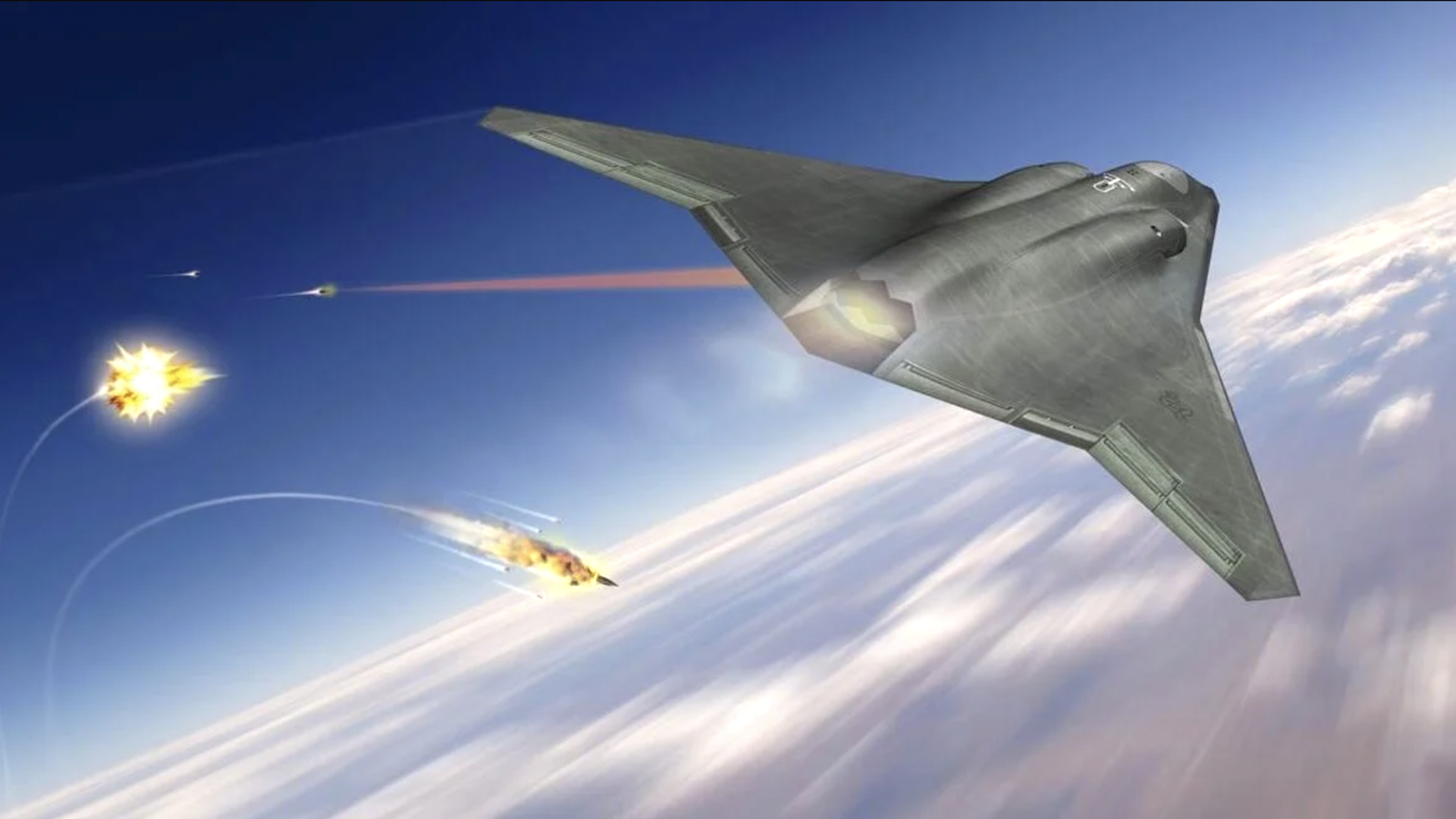

The Air Force has officially launched its competition for defense contractors to develop a sixth-generation Next Generation Air Dominance fighter jet that will eventually replace the F-22 Raptor in its fleet, the service announced on Thursday.
Air Force officials released a classified solicitation to members of the U.S. defense industrial base detailing requirements for the proposed next-generation fighter, the details of which are classified “to protect operational and technological advantages,” according to the service.
NGAD “will include attributes such as enhanced lethality and the ability to survive, persist, interoperate, and adapt in the air domain, all within highly contested operational environments,” Secretary of the Air Force Frank Kendall said in a statement. “No one does this better than the U.S. Air Force, but we will lose that edge if we don’t move forward now.”
The aircraft would eventually perform counter-air missions “with the ability to strike both airborne and ground-based threats to achieve air superiority and support the Joint Force,” according to the release.
Subscribe to Task & Purpose Today. Get the latest military news, entertainment, and gear in your inbox daily.
The introduction of the NGAD would represent the first new fighter jet to join the Air Force fleet since the service selected Lockheed Martin’s X-35 to become the F-35 Lightning II in 2011. The service is currently planning to procure a “nominal quantity” of 200 aircraft, as Kendall previously announced this past March.
The service plans on awarding an NGAD contract in 2024, according to the Thursday announcement, which notes that the contract does not include the so-called “collaborative combat aircraft” (CCA) armed unmanned aerial vehicles that would accompany their manned counterparts into future dogfights.
The Air Force is eventually planning to buy nearly 1,000 CCAs, as Kendall previously stated, with 300 F-35 fighters and 200 NGAD aircraft receiving a pair of drones apiece, as Defense One reported at the time.
“One way to think of CCAs is as remotely controlled versions of the targeting pods, electronic warfare pods or weapons now carried under the wings of our crewed aircraft,” Kendall said.

The NGAD began as a Defense Advanced Research Projects Agency (DARPA) project in 2015. The Air Force announced that an unidentified prototype had taken flight in 2020 and “broke[n] records” in the process, as then-Air Force acquisition chief Will Roper put it at the time.
The service’s fiscal year 2024 budget request calls for appropriating $2.326 billion for NGAD development, roughly $600 million more than the nearly $1.7 billion appropriated by Congress in the previous budget cycle. That amount includes roughly $392 for CCA development as well, which will get another $130 million from the service’s “autonomous collaborative platforms” research and development program.
“NGAD must be more than just the next crewed fighter jet,” Kendall previously said in March 2022. “It’s a program that will include a crewed platform teamed with much less expensive autonomous un-crewed combat aircraft, employing a distributed, tailorable mix of sensors, weapons, and other mission equipment operating as a team or formation.”
Critical NGAD attributes “include enhancements in survivability, lethality, persistence, crewed/uncrewed teaming and interoperability across a range of military operations,” according to the budget documents. “Program activities include the employment of digital acquisitions through the application of digital engineering, agile software development, open systems architectures, and digital systems infrastructure.”
The details surrounding the NGAD are understandably murky, as are the pool of potential competitors for the potentially lucrative contract, although as The War Zone notes, existing fighter jet makers Lockheed Martin and Boeing and defense giant Northrop Grumman may end up the primary players in the military-industrial complex’s bid to build the next great fighter jet.
So far, Lockheed Martin and Northrop have released renderings of their notional sixth-generation fighter designs which show sleek departures from the Air Force’s existing inventory of fighter jets.

“While a stated aim of the NGAD program is to replace the F-22 fighter jet, the aircraft that come out of the NGAD program may or may not look like a traditional fighter,” as a recent Congressional Research Service report on the effort put it. “Part of the program’s goal is to determine how to achieve that end, independent of traditional U.S. military approaches to air dominance.”
“NGAD could take the form of a single aircraft and/or a number of complementary systems—manned, unmanned, optionally manned, cyber, electronic—forms that would not resemble the traditional ‘fighter.’”
